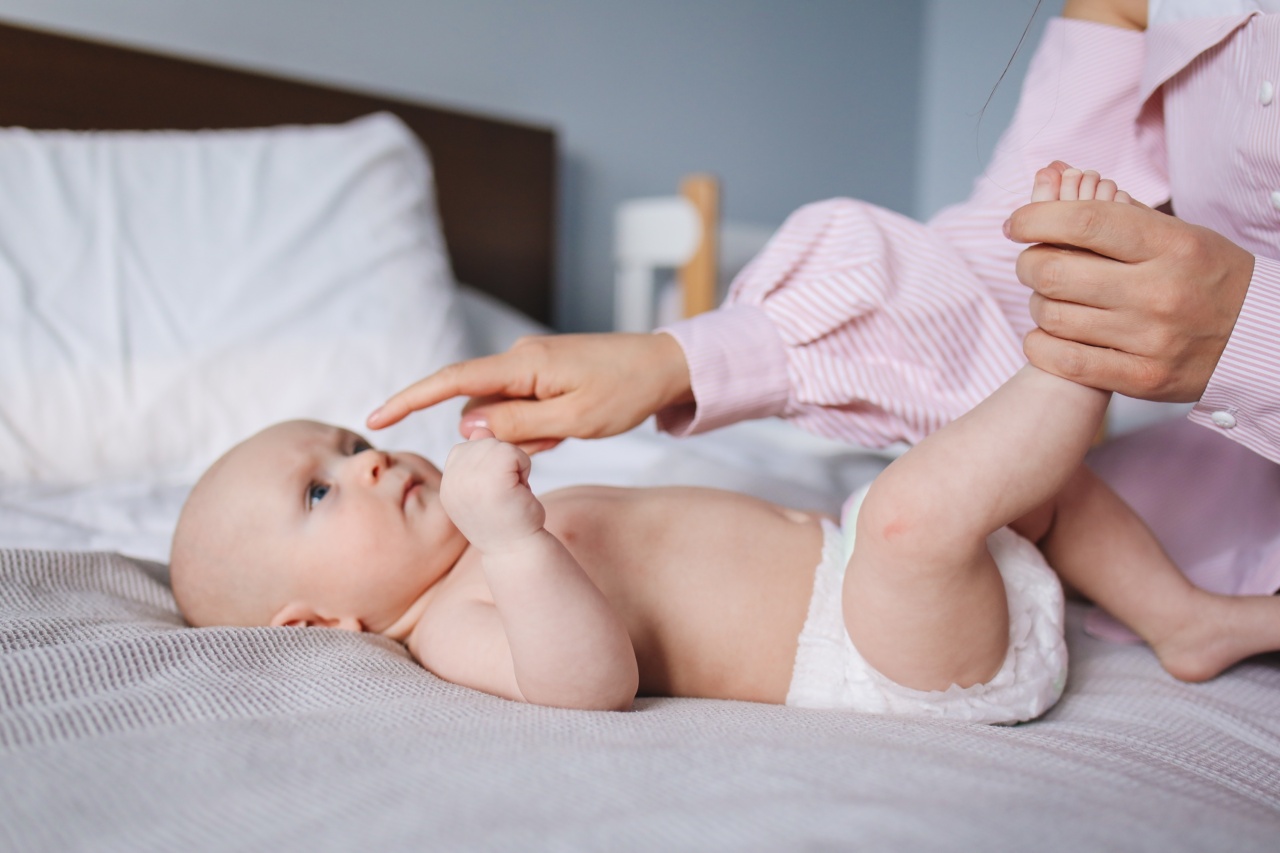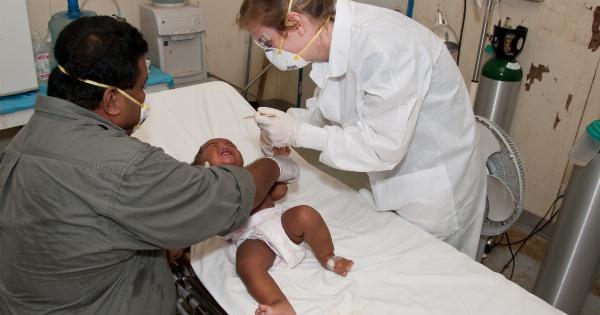Diaper dermatitis is a very common skin condition that affects babies. It is also known as diaper rash or nappy rash. The condition is characterized by redness, inflammation, and irritation of the skin in the diaper area.
There are several factors that contribute to diaper dermatitis, including prolonged exposure to moisture, friction, skin irritation, and certain skin sensitivities. In this article, we will discuss some effective ways to prevent and manage diaper dermatitis in babies.
1. Keep the Diaper Area Clean and Dry
The most crucial step in preventing diaper dermatitis is to keep the diaper area clean and dry. Change your baby’s diaper as frequently as necessary, especially after bowel movements.
Gently clean the diaper area with a mild soap and lukewarm water or use baby wipes. Avoid using baby wipes that contain alcohol or fragrances, as they can irritate the skin. Pat the area dry gently with a soft towel or let it air dry completely before putting on a new diaper.
2. Use Diapers That Fit Well
Using diapers that fit well is important in preventing diaper dermatitis. A diaper that is too tight or too loose can cause friction or irritation to the skin, leading to diaper rash. Choose a diaper that fits snugly but not too tight.
If you notice red marks or creases on your baby’s skin after removing a diaper, it’s an indication that the diaper is too tight.
3. Avoid Using Tight-Fitting Clothes
Just like a tight diaper, tight-fitting clothes can also cause friction and irritation to the skin. Choose loose-fitting clothes made of soft, breathable fabrics, such as cotton. Avoid tight-fitting pants, onesies, or rompers, especially in warm weather.
4. Apply a Diaper Cream or Ointment
A diaper cream or ointment can provide a protective barrier on your baby’s skin and prevent moisture from irritating the skin. Apply a thin layer of diaper cream or ointment to the affected area after each diaper change.
Look for a cream or ointment that contains zinc oxide, petrolatum, lanolin, or dimethicone, which are all effective in preventing diaper rash.
5. Soak Your Baby’s Bottom in Warm Water
If your baby has severe diaper dermatitis, try soaking their bottom in warm water for a few minutes several times a day. This can help soothe the skin and promote healing. After soaking, gently pat the area dry and apply a diaper cream or ointment.
6. Choose Baby Products Carefully
Baby products such as wipes, soaps, and detergents can all contribute to diaper dermatitis. Choose baby products that are gentle and fragrance-free. Avoid products that contain alcohol, harsh chemicals, or fragrances, as they can irritate the skin.
Also, wash your baby’s clothes and bedding with a gentle, fragrance-free detergent.
7. Give Your Baby Some Diaper-Free Time
Diaper-free time can help prevent and manage diaper dermatitis. Allow your baby to go without a diaper for a few minutes several times a day. This allows the skin to breathe and helps keep the area dry.
Place a towel or waterproof mat underneath your baby to catch any accidents.
8. Consult a Doctor
If your baby’s diaper rash is severe, does not improve with home treatment, or is accompanied by other symptoms such as fever or pus-filled blisters, you should consult a doctor.
Your doctor may prescribe a medicated cream or ointment to treat the rash. Also, keep in mind that diaper dermatitis can sometimes be a sign of a more serious condition, such as a fungal infection or a bacterial infection.
9. Practice Good Hygiene
Good hygiene practices can help prevent diaper dermatitis. Wash your hands before and after changing your baby’s diaper. Dispose of soiled diapers properly and wash your hands afterward.
Also, sanitize any changing surfaces such as tables or mats that come into contact with your baby’s bottom.
10. Be Patient
Finally, be patient. Diaper dermatitis can be a frustrating and uncomfortable condition for both you and your baby. However, with proper care and treatment, most cases of diaper rash will improve within a few days to a week.
Remember to keep the area clean and dry, use a diaper cream or ointment, and consult your doctor if necessary.


























